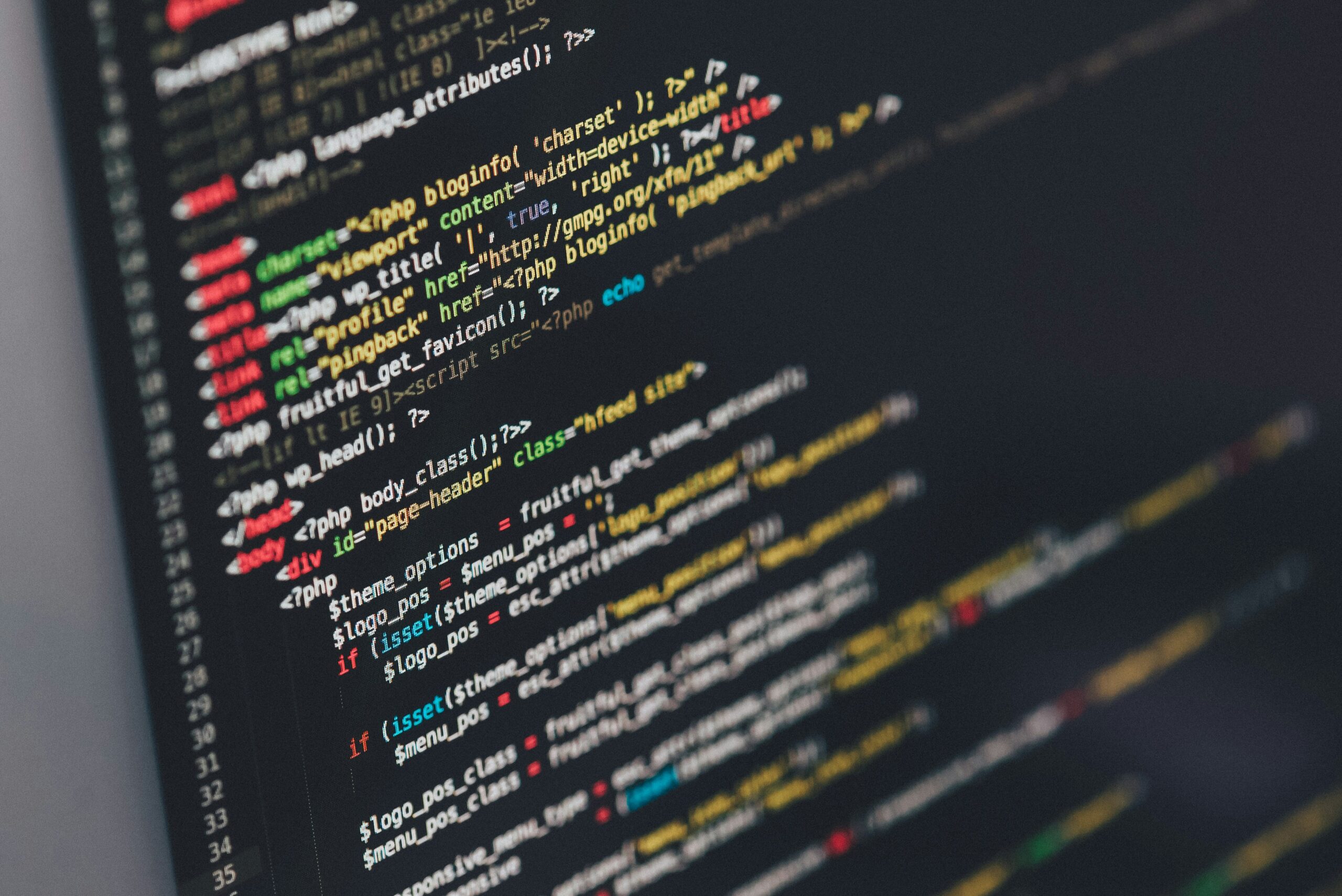What Is Scratch?
When I first opened Scratch, I was a bit overwhelmed as I have never done any coding before. However, I was quickly impressed by how engaging and accessible it makes coding for beginners. Scratch is a free, visual programming platform that allows children (or adults) to create interactive stories, games, and animations by dragging and connecting colourful code blocks instead of writing complex lines of text (which I vaguely remember doing for MySpace way back when). It turns coding into play, it is creative and visual.
https://scratch.mit.edu/projects/1235080360
The platform helps students learn how to think logically and solve problems step by step, like figuring out what needs to happen first, what should repeat, and how to make things react or change, all while creating something fun and interactive. Students can make characters (called sprites) move, talk, and interact with each other while building digital stories and games. Learners aren’t just following steps, they’re experimenting, designing, and reflecting on their work (I wasn’t very good at this). They can share their projects and view others’ creations.
Features That Stand Out
- Block-based coding: students simply drag and snap together visual code blocks.
- Sprite and background library: Kids can design characters or upload their own images.
- Sound and recording tools: Add voices, music, or effects to personalize projects.
- Community sharing: Learners can safely post and explore thousands of projects from around the world.
- Cross-curricular potential: Scratch integrates with subjects like math, science, art, and literacy allowing the opportunity to add tech.
How I’d Use Scratch in the Classroom
I can easily see using Scratch in an elementary classroom to build both creative confidence and critical thinking skills.
- In ELA, students could retell stories or animate a narrative they’ve written.
- In math, they could create a game involving number patterns or geometry.
- In science, they might create a plant life cycle or illustrate a concept like gravity.
It’s also a great way to support collaborative learning and UDL, students can code in pairs, share ideas, and troubleshoot together, building both social and digital skills.
What Is ScratchJr?
ScratchJr is a simplified version of Scratch created for younger children, ages 5–7 (or beginners like me). It introduces early learners to coding concepts through storytelling and play. Instead of reading instructions or typing, children use simple icons and color-coded blocks to control characters and create short animations.
Key differences include:
- Age range: ScratchJr is built for early primary students; Scratch is for ages 8–16.
- Reading requirement: ScratchJr uses icons and minimal text, making it ideal for pre-readers.
- Features: ScratchJr is more limited, no online community or sound uploads
Despite being simpler, ScratchJr builds the groundwork for computational thinking and creativity at an early age. It encourages young learners to explore coding, sequence actions, and express their ideas visually and digitally.
Final Thoughts
After experimenting with coding, I see potential for integrating Scratch and ScratchJr into the classroom. They provide ways for students to learn coding, storytelling, and problem-solving all at once. While I am still intimidated by coding and how it works, Scratch was a great way to dip my toes in.

Sorry, but comments are not enabled on this site.